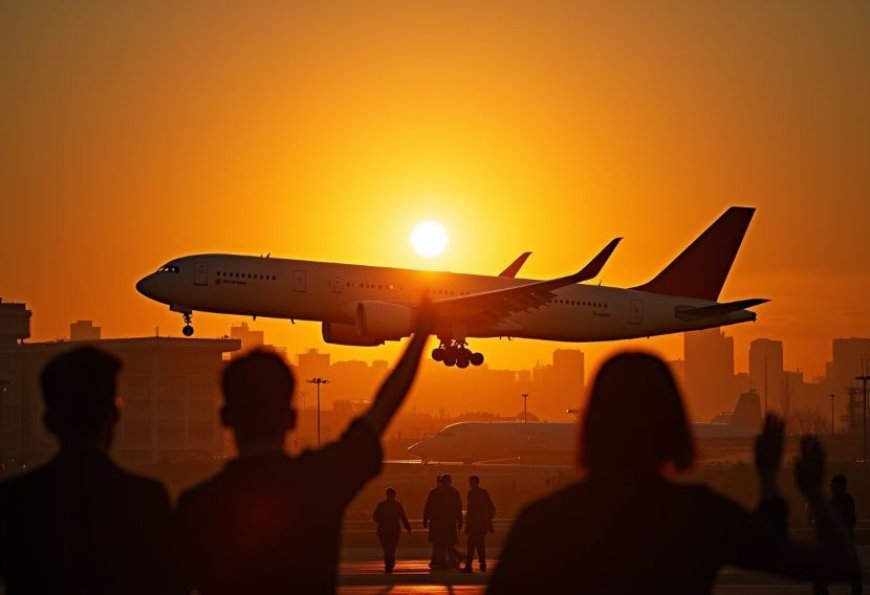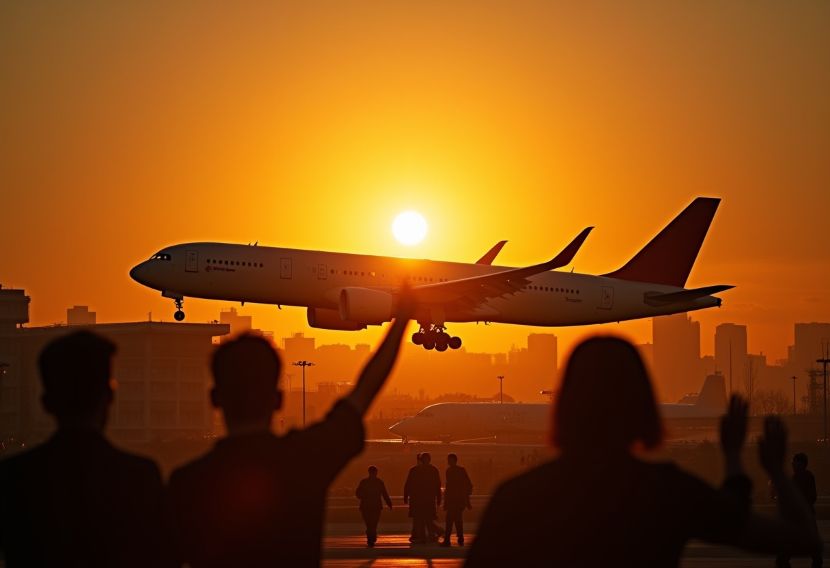Singapore Changi Unify Australia, Japan and China where Jetstar Asia Concludes Operations: Here’s What You Need To Know


Singapore, July 31, 2025 – JetstarAsia, one of the budget air travel in the region, has now ceased its final flight from Singapore Changi. This signifies the closure of an era that lasted for two decades in the evolution of the aviation sector. Jetstar Asia’s last flight was a short segment from Changi Airport to Kuala Lumpur.
The Asia Jet brand was established in December 2004 as a joint partnership of Qantas and Westbrook Investments. Their objective was to address the rising need for budget airline services within Southeast Asia. Throughout the years, Jetstar Asia proved to be a strong performer in the industry and gained a reputation for its dependable service, operating numerous flights domestically and internationally from its hub in Singapore.
As the airline’s last flight arrived in Kuala Lumpur, a group of Jetstar Asia employees formed a send-off gathering at Singapore Changi Airport, signaling the company’s aviation history goodbye. This marked an emotional moment in both the aviation industry and the travel history of the Southeast Asia region. The airline’s final flight marked the end of an era, following the announcement by Qantas, which stated that the Jetstar Asia brand would be retired due to high flight operating costs from Singapore.
The Closure Resulted from Increased Expenses
Jetstar Asia’s operational challenges due to airport and operational costs posed steep challenges, resulting in the need to cut operational expenses. This posed a more significant risk to the low-cost airline’s business model, with the operating landscape of Southeast Asia. A representative from Qantas stated that the airline’s operational and financial model has posed significant fianancial risks. With heightened competition and operational expenses, Jetstar’s business model became unsustainable.
The Jetstar Airway branch in Australia will still operate even after Jetstar Asia ceases to function. Jetstar Airways still operates along with its regional sister company Jetstar Japan in the Low Cost aviation segment. Jetstar Airways will still operate the domestic and international flights in Australia and New Zealand, and the Jetstar Asia discontinuation will have no impact on these operations.
What Impact Does this Have on Jetstar’s Fleet of Aircraft?
With the discontinuation of Jetstar Asia’s operations, their fleet of aircraft will still be put to use. Jetstar Asia’s aircraft will be redirected to the routes in Australia and New Zealand to where Jetstar Airways to continues to grow and serve. This shift will enhance operational productivity and fortify Jetstar Airways’ hold in both the Australian and New Zealand markets.
A 20-Year Legacy of Affordable Travel
For the past 20 years, Jetstar Asia has provided low fare options to travel within and outside Southeast Asia. Jetstar Asia’s operations at Singapore Changi Airport made travel to major regional hubs like Kuala Lumpur, Bangkok, and Manila conveniently accessible. Throughout the years, Jetstar Asia cultivated a strong clientele and became known to provide affordable no-frills travel in the region.
The shutdown of Jetstar Asia marks the conclusion of a noteworthy era in the evolution of Southeast Asia’s budget airline industry, which has experienced rapid expansion in the last twenty years. With the region’s Jetstar Asia withdrawal, it is possible that new market entrants can emerge to take advantage of the gap in the offering, which could accelerate the region’s expansion in budget airline services.
Effects on Travelers and Southeast Asia’s Air Travel Ecosystem
The impact of Jetstar Asia’s shutdown is profound, particularly for Southeast Asia, where the airline’s services will no longer be available. Jetstar Asia aided regional travel for the citizens of Malaysia, Thailand, and the Philippines and supported low-cost tourism. Now, the Southeast Asian travel market is likely to experience another altered travel market, as many travelers will be searching for other low-cost services to replace Jetstar Asia.
The exit of Jetstar Asia is particularly noteworthy considering other movements in the aviation industry in Asia. Budget carriers are particularly burdened by rising fuel prices, airport fees, and other operational issues. To these ends, other airlines have attempted and succeeded to some degree in devising new business approaches that tackle all these hurdles while still providing low prices, relatively speaking, to passengers. AirAsia, Scoot, and Nok Air are likely to gain some additional passengers as people switch to other budget flying options.
The Final Flight of Jetstar Asia: A Marker of Transformation
The cessation of Jetstar Asia operations marks the end of an era, but the airline’s history still has much to teach the industry. It is undeniable that Jetstar did a lot to help enhance affordable travel as it opened up Southeast Asia for cheap traveling. To this day the impacts of that can be seen. The ongoing growth of low-cost carriers is a dominant feature of the aviation industry. However, the story of Jetstar Asia serves as a reminder of the budget airline story, and the challenges and opportunities that accompany them.
With Jetstar Asia’s cessation, Qantas, as the parent company of Jetstar group, continues reassessing the positioning of its low-cost airline brands in the wake of the reshaping industry. Has Jetstar Airways and Jetstar Japan taken the torch, the closing of Jetstar Asia shapes an era and a transformation thought in the aviation industry.
Bottom Line
The budget carriers in Asia have both opportunities and challenges to contend in the aviation industry, with a landscape shift. The budget carriers and Jetstar Asia and Scoot have both produced new offerings, and as a whole, they will affect the prospect of casual air travel in Asia. For the present, the shut down will flash a memento of the reflection and a deep thought of South east Asia airline industry and are evolving.
The post Singapore Changi Unify Australia, Japan and China where Jetstar Asia Concludes Operations: Here’s What You Need To Know appeared first on Travel And Tour World.






